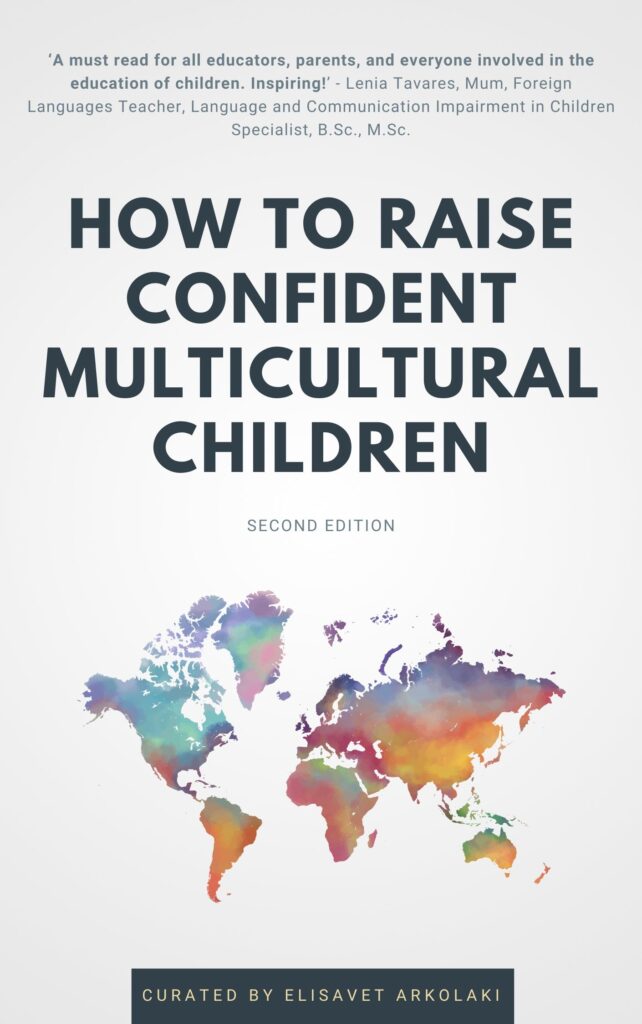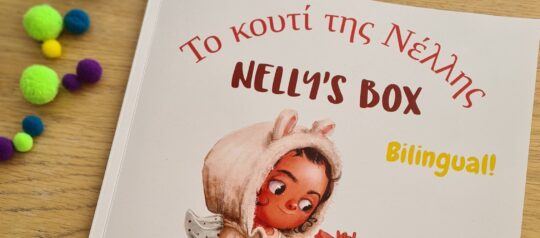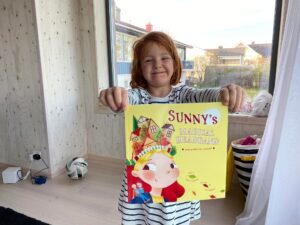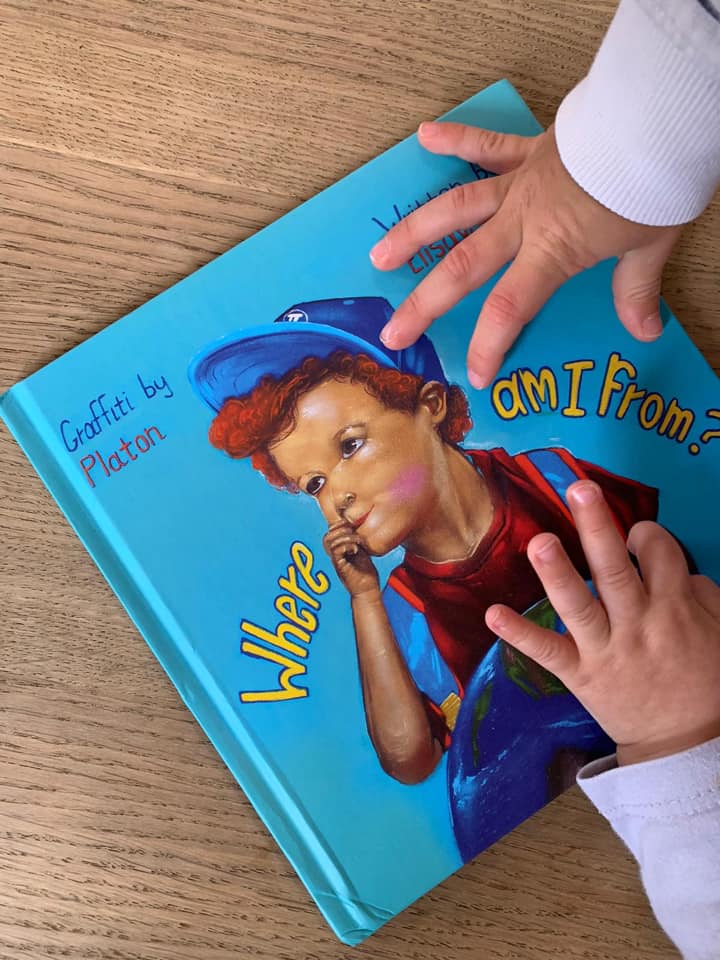The debate over multiculturalism and what we can learn from the Canadian model

2. The debate over multiculturalism and what we can learn from the Canadian model by Elisavet Arkolaki
Click here for the index and access all the chapters.
With country leaders openly opposing multiculturalism, using claims that it undermines social cohesion and local cultural values, many people are wondering whether this holds true. Questions like the following are not uncommon. Does the acceptance of multiculturalism pose a threat to integration? Is it realistic to expect a thriving, unified community when we adhere to positive public acknowledgment, full acceptance, and tolerance of ethnic, cultural, and religious differences?
From an academic perspective, the following three-part definition of multiculturalism is presented in – George Crowder, Theories of Multiculturalism: an Introduction, Polity Press, 2013.
1. Multiculturalism starts with the observation that most contemporary societies are ‘multicultural’ – that is, they do in fact contain multiple cultures.
2. More distinctively, multiculturalists respond to that fact as something to approve of rather than opposing or merely tolerating.
3. More distinctively still, multiculturalists argue that the multiplicity of cultures within a single society should be not only generally approved of but also given positive recognition in the public policy and public institutions of the society.
Multiculturalism has many faces. We have Demographic Multiculturalism, Multiculturalism as Political Philosophy and Multiculturalism as Public Policy. These faces can vary greatly from one country to another. Different people, minority and majority groups perceive and translate the concepts and policies very differently. In this chapter, I would like us to look into the Canadian model, the country’s thriving multi-colored communities and its citizens who first and foremost identify themselves as Canadian citizens.
Irene Bloemraad, Associate Professor in Sociology and the Thomas Garden Barnes Chair of Canadian Studies at the University of California, Berkeley, as well as a Scholar with the Canadian Institute for Advanced Research, gave an insightful short speech titled Why is Multiculturalism a Dirty Word in Europe?. According to Bloemraad, part of this stems from the fact that for many Europeans multiculturalism as a concept is perceived as parallel societies that don’t interact, and that’s not the Canadian vision.
European politicians have been openly expressing opinions against multiculturalism; the German Chancellor Angela Merkel who infamously stated back in 2010 that multiculturalism has “utterly failed”; the former president of France, Nicolas Sarkozy; David Cameron in the UK; and many more. What is quite different between Canada and Europe is that in the former, leaders at the very highest echelons talk about multiculturalism in a positive way, and that sets the tone for society at large, and for political discourse.
How could things change? Bloemraad suggests that we should start by accepting the fact that immigrants in Europe are not going to disappear tomorrow, that their children are going to be born and grow up in Europe, and that we have to reimagine European societies in a way that is more inclusive. The transformation can start by making drastic changes to our educational systems; change the way history and social studies are taught. This is what they did in Canada. Instead of presenting one voice that gives a homogenous history of the country, they have multiple voices from different backgrounds, presenting different perspectives on history.
Bloemraad concludes that ultimately, the way we see multiculturalism is a moral choice. If we acknowledge that immigrants are here to stay and we believe they have a legitimate right to stay in our country, then we need to find ways to include them. One way of doing that is by granting them full membership, citizenship, or just even social inclusion. The research evidence clearly shows that multiculturalism and pluralism policy helps to make that inclusion possible.
A good example of such evidence is to be found in one of my favorite TEDx videos on the subject. A personal story and one which allows us to bring the spotlight on the human element behind the theories, the talk is that of the Canadian Ph.D. student of Kurdish origin, Rébar Jaff. He talks about his life experiences as a child refugee who was then welcomed as a first-class citizen in Canada, and how this positive experience and sense of belonging propelled him forward toward a creative life journey. Among other things, Jaff discusses the interesting way in which multiculturalism in Iraq is often viewed as a threat by its diverse ethnic groups while in contrast a much-richer multiculturalism in Canada is seen as one of the country’s greatest assets.
Furthermore, in a similar vein, Bloemraad considered such diversity when she gave another very interesting speech titled You Are Your Citizenship. She states the question ‘Who are you?’ can be answered as ‘You are your citizenship’. In her own words “If you ask Canadians their sense of belonging and their pride in a Canadian identity and in being Canadian, nine out of ten roughly residents of Canada say that they feel like they belong to Canada and they’re proud of being Canadian or a resident of Canada.” which is quite an accomplishment. In this video, she gives the background story to that statement. In her paper The Debate Over Multiculturalism: Philosophy, Politics, and Policy, which deserves to be read in full, she asks a very valid question: “Does the promotion of pluralism and diversity conflict with social cohesion and immigrant integration, or is multiculturalism a pathway to incorporation?”. Research findings demonstrate that “Immigrants living in countries that adopt multicultural policies are more likely to engage in nonviolent political activities directed at their country of residence rather than their homeland, more likely to report trust in government, less likely to report discrimination based on their group membership, and more likely to become citizens.”
In Canada, Official Multiculturalism was introduced as a key policy in 1971. Prime Minister Pierre Elliott Trudeau announced in his speech that the government would support minority communities, given that “National unity, if it is to mean anything in the deeply personal sense, must be founded on confidence in one’s own individual identity.” Central to this policy was the official recognition of the diverse cultures in a plural society, embedded in official French-English bilingualism, aiming for integration through intercultural exchange.
Nowadays, a policy governing multiculturalism is there to ensure that all citizens keep their identities, take pride in their ancestry, and have a sense of belonging. They hold celebrations in different communities in order to appreciate the wealth and diversity of their society. But, above all, they identify themselves as Canadians. They have strong roots spread around the globe while at the same time they’re flourishing in the land they call home.
Tamara Yousry noted in her chapter in this guide titled ‘Crossing the Deep Cultural Divide’ that “monocultural groups and teams are becoming a thing of the past. In today’s contemporary, globalized world, multicultural groups are the norm.” People will keep on crossing borders, falling in love, and having children, and we need to learn how to coexist with each other in a respectful and caring manner. Instead of looking at countries where integration is failing us and where the blame for that is put on multiculturalism, we can look up to others who are succeeding and learn from them. Could Canada be the key?
NEXT CHAPTER: My identity crisis growing up in numerous cultures
Click here for the index and access all the chapters.
Category: Uncategorized



















